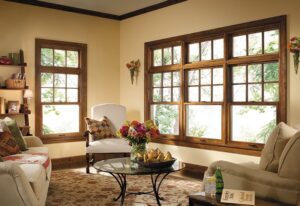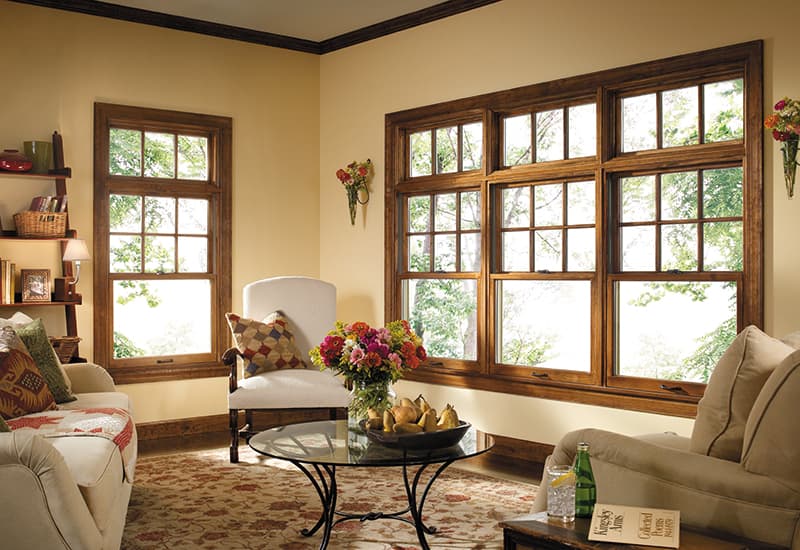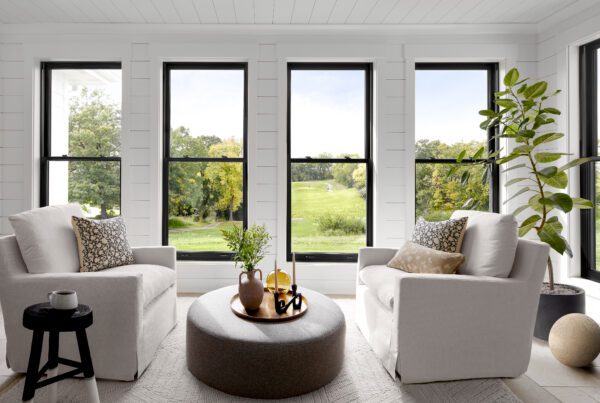 Would you buy a new car without knowing anything about that car and its features? Probably not. And so when it comes to investing in new replacement windows for your home, it’s a good idea to know a little about their features.
Would you buy a new car without knowing anything about that car and its features? Probably not. And so when it comes to investing in new replacement windows for your home, it’s a good idea to know a little about their features.
Windows are not complicated, but they are a bit more complex than you might think. Window construction is made up of many individual pieces and components. You don’t have to know each and every piece, but there are a few parts that are important to know.
Start with the ‘foundation’
The window frame is the part of the window that forms its “foundation” for the entire window structure. It’s also the part of the window that features the material you choose for your new replacement windows: wood, vinyl, fiberglass, etc. It’s important because the window frame and the material it’s made from play a big role in the window’s cost and performance.
Technically speaking, the frame is the combination of the head, jambs and sill that form a precise opening in which a window sash fits.
The head is the main horizontal part forming the top of the window frame. And the jamb is the main vertical parts forming the sides of a window frame.
Get moving with the window sash

The sash is the movable part of the window. For example, the sashes on a double-hung window slide up and down beside each other. On a casement window, the sash is the part that swings out.
The sash can also be considered part of the “frame” in that it surrounds and holds the glass. That frame consists of “stiles” (the vertical parts of the sash frame) and the “rails” (the horizontal part of the frame).
Basically, if you can open a window, it has movable sashes. On the other hand, a fixed window has an unmovable sash.
Give me some spacers
Why is knowing what a “spacer” is important when you go to buy new windows? Spacers are the small “bars” that separate the panes of glass in double and triple glazed insulating glass, and in addition to serving the obvious role of forming a uniform space between the panes, they also have an impact on the window’s performance.
When shopping for windows you might come across the term “warm edge spacers.” This refers to a particular type of spacer bar that’s more resistant to the transmission of heat and cold.
Think of a window spacer as a bridge that crosses between the panes of glass. The more energy efficient a spacer is, the more effective it is at preventing the outdoor heat or cold from crossing the bridge to the inside window pane.
The most important thing to know about spacers is that you should look for windows that come with spacers that have better insulating properties.
Other terms to know
A “jamb liner” is a strip that goes on the sides of a window frame to provide a snug fit for the sash.
“Weather stripping” is a strip of resilient material for covering the joint between the window sash and frame for air and water performance.
On a double-hung window, the “check rail” is where the bottom part of the upper sash and the upper part of the lower sash come in contact. Also known as the middle of the window.
A “balance” is a mechanical device (normally spring loaded) used in single- and double-hung windows as a means of counterbalancing the weight of the sash during opening and closing.





